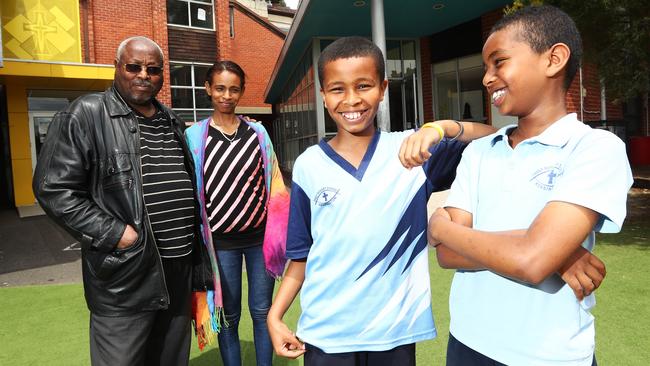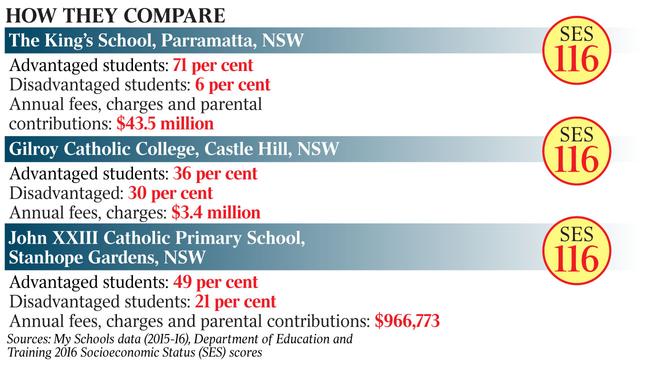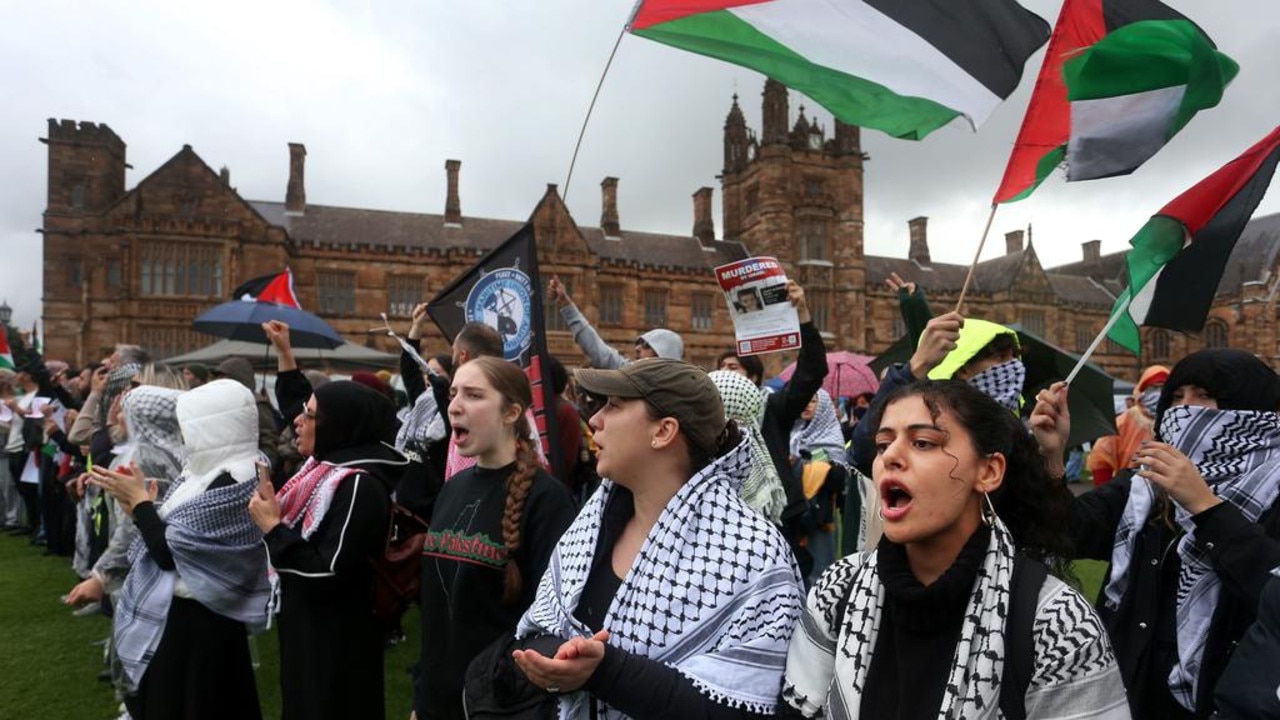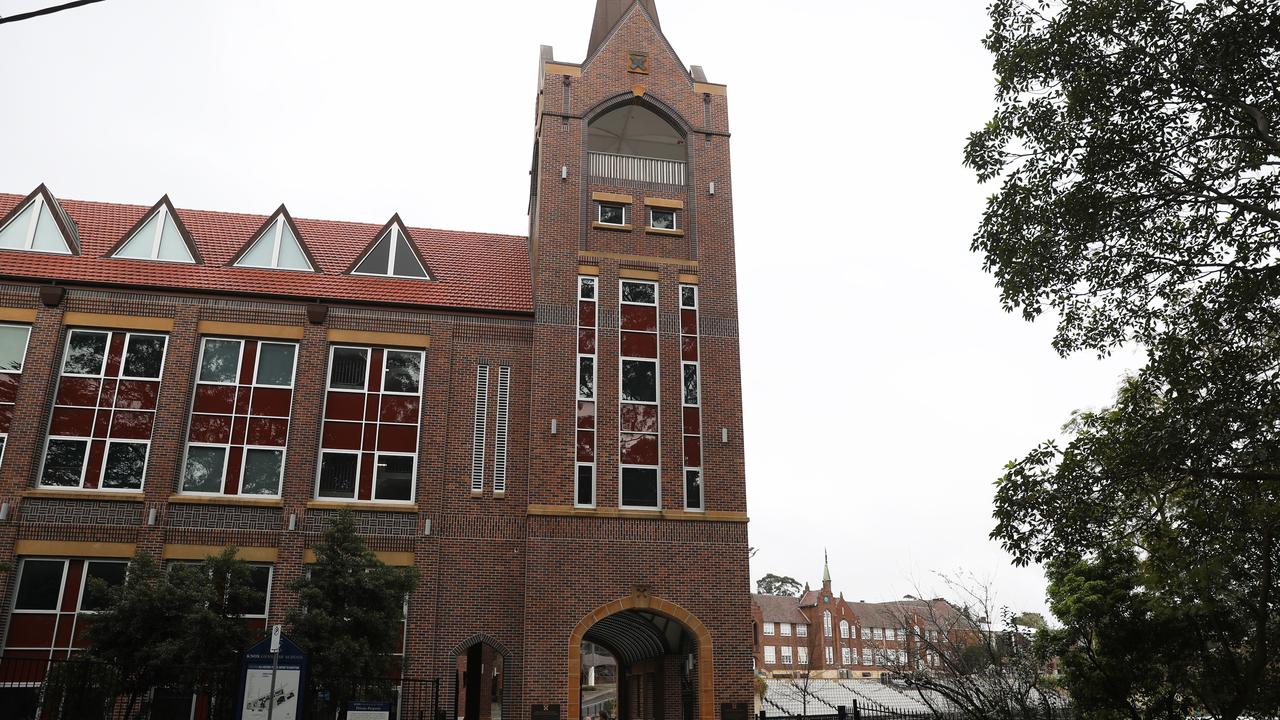Poorer schools lumped with elites for federal funds
More than 100 poorer Catholic schools have been classified as socially and economically equal to an elite Sydney school.

More than 100 Catholic primary schools across the country have been classified as socially and economically on par with the elite $34,000-a-year King’s School in Sydney, according to a contentious government system of calculating federal funding.
With an independent review under way into how socio-economic status (SES) scores are allocated to schools — thereby determining how much funding they are entitled — The Australian has discovered dozens of examples of low-fee parish schools that have similar or higher SES scores than more prestigious independent schools.
The higher the score, which relies on census education and employment data for a particular neighbourhood, the more parents are presumed able to contribute to the cost of their child’s education, meaning the school is potentially entitled to less government support per student.
Catholic educators are calling for an overhaul of the system, arguing that it fails to reflect the diversity of school communities.
Catholic Education Commission of Victoria executive director Stephen Elder said that under the current approach, all families in the same neighbourhood are assumed to have the same capacity to pay school fees.
“SES scores assume that Catholic and wealthy independent schools attract the same types of students from within each neighbourhood, even though wealthy independent schools tend to have much higher fees,” he said.
“Common sense will tell you this just cannot be right.”

The Kings School in Parramatta, which counts former NSW premier Mike Baird among its alumni, draws 71 per cent of students from the top quartile of socio-economic advantage, according to the My School’s website, while just 6 per cent come from disadvantaged backgrounds. As a result, it has been allocated an SES score of 116, ranking it well above the national average of 101.
Yet Department of Education and Training documents show that there are 112 Catholic primary schools that have been allocated the same SES or higher.
Among them is John XXIII Catholic Primary School, based 40km northwest of Sydney’s CBD. Less than half its students are classed as advantaged and 21 per cent are disadvantaged.
Fees, charges and other parental contributions at the Stanhope Gardens’ school were $1415 per student last year, while The King’s School raised an average of $27,000 per child from parents, or more than $43 million.
“Nobody believes that the parents of young children in an outer suburban Sydney primary school have the same capacity to contribute to their children’s education as the parents who send their sons to a school like King’s — yet this is the outcome of the current SES system,” said Catholic Schools NSW chief Dallas McInerney.
“We need a better measure that reflects the capacity of parents and families to pay in all school contexts.”
In Victoria, the anomalies appear even starker.
In inner-city Kensington, which attracts professionals and public housing tenants, Holy Rosary School has been lumped with a high SES of 119.
While 47 per cent of students are classed advantaged, 19 per cent are disadvantaged, and about 10 per cent of families hold a Health Care Card. The school bills parents about $1300 a year.
Genet Wuneh, who works part-time as a cleaner, sends her sons Dawet, 12, and Tomas, 10, to the school.
With her partner not working due to ill health, paying school fees is an ongoing issue.
“It’s a good school,” she said. “`We try hard. I want them (the boys) to understand about Christianity.’’
Education Minister Simon Birmingham said the review, due to report next June, would ensure government funding was “distributed as fairly as possible”.


